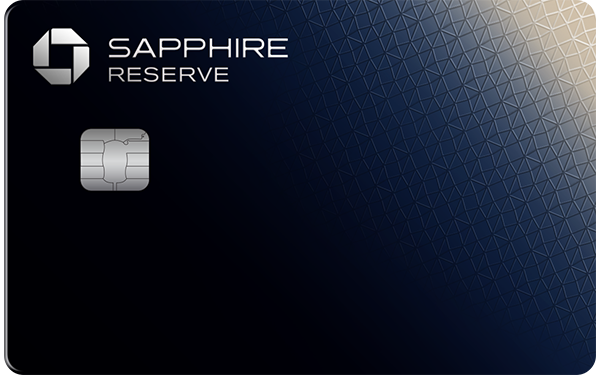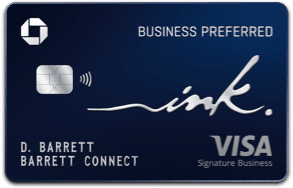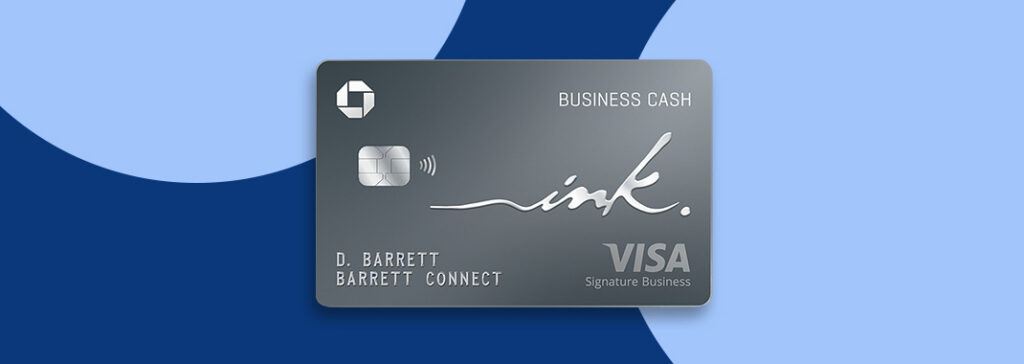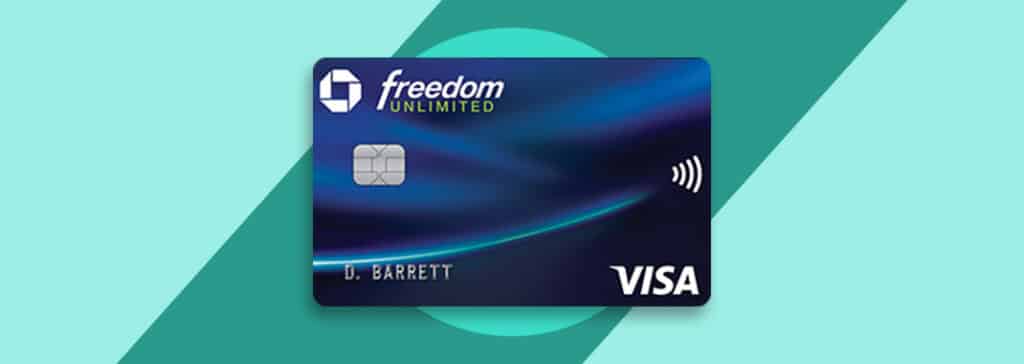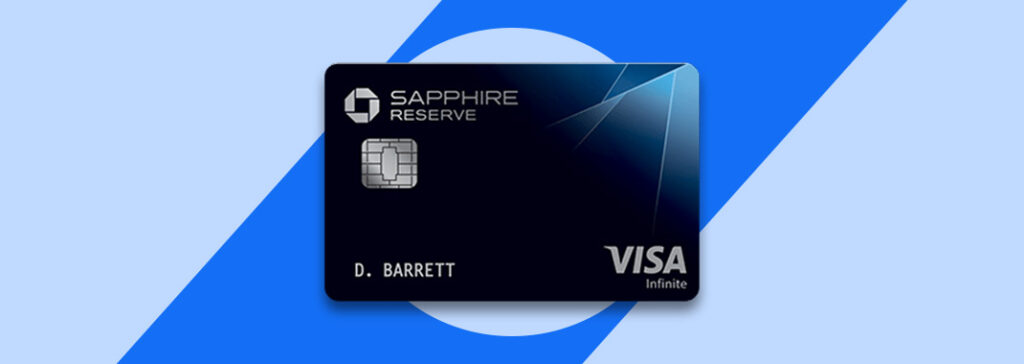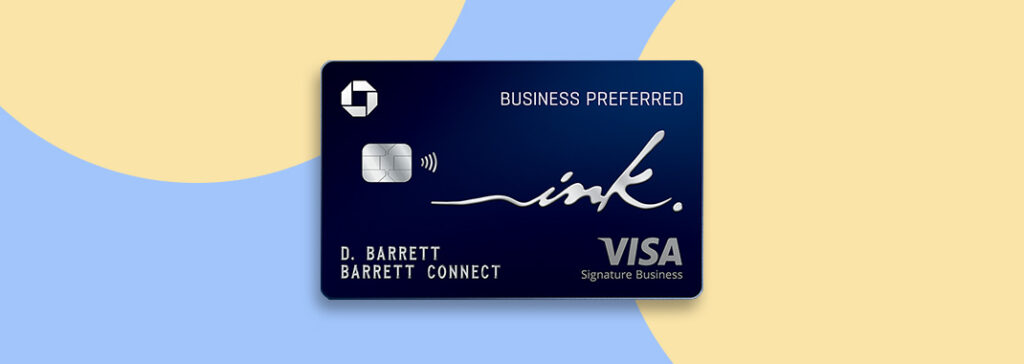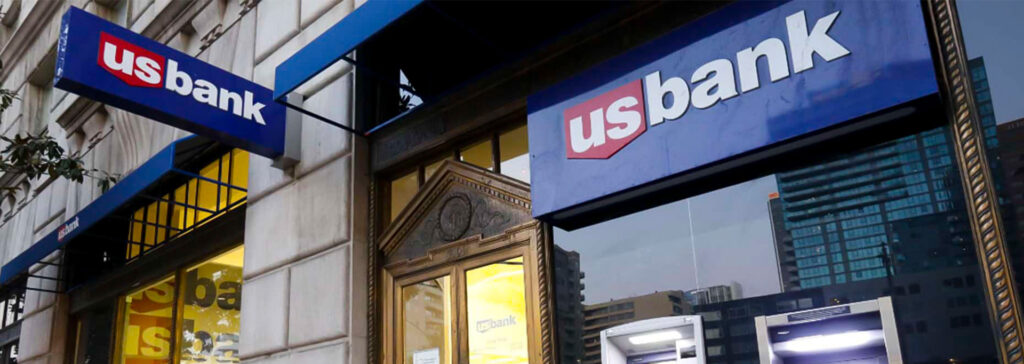Most products on this page are from partners who may compensate us. This may influence which products we write about and where and how they appear on the page. However, opinions expressed here are the author's alone, not those of any bank, credit card issuer, airline or hotel chain. This page may include information about American Express products currently unavailable on Slickdeals. American Express is not a partner of Slickdeals.
A lot of people believe the number of credit cards you open has a big influence on your credit scores. While it's smart to worry about the actions that impact your credit, here's the truth: There's no perfect number of credit cards when it comes to your credit score.
My credit score crossed the 800 mark for the first time when I was in my 20s. (On a FICO® Score scale of 300 to 850, a score of 800 or higher is considered exceptional.) At the time, I had around five credit cards. Since then, my number of open credit cards has climbed to an even 20, and my score still regularly stays above that 800 threshold. Here's how I do it.
How Credit Cards Influence Your Credit Score
Although the number of credit cards you have has little to no influence on your credit score, they can affect your credit in other ways. One of the reasons I earned an exceptional credit score in my 20s is because I learned which actions matter as far as credit scores are concerned.
A credit card could impact your credit score in five ways:
- Payment history: 35% of your FICO Score is based on whether you pay your credit obligations on time. I've never had a late payment reported on a credit card (or anything else). This helps my credit score stay high.
- Credit utilization: Credit utilization (aka balance-to-limit ratio) is largely responsible for 30% of your FICO Score. My credit scores stay healthy because my reports show I use a small portion of my credit card limits.
- Age of credit: The age of the accounts on your credit reports can impact 15% of your FICO Score. Older accounts are better. I don't open too many new accounts in a short period of time because it could lower the average age of my credit. But I'm also not afraid to apply for credit when I need or want it.
- Mix of Credit: Your ability to manage multiple types of accounts can affect 10% of your FICO Score. Having revolving accounts (like credit cards) and installment accounts (like my old auto loan) on my reports helps me here.
- Inquiries: Applying for new credit could potentially hurt your score, but usually not much, and sometimes not at all. Hard inquiries (those that might damage credit scores) only influence 10% of your FICO Score. I spread out applications over time and only apply for new credit when I truly need or want it.
Why I Have Multiple Credit Cards
You might wonder why I want this many credit cards—especially if you personally only carry a few cards or perhaps none at all. I can tell you that I didn't open my credit cards for the purpose of financing anything.
I didn't open a credit card to pay for a vacation, cover Christmas shopping or take care of a large expense. If I had, my credit scores may have suffered along with my bank account balance due to expensive interest fees. Credit cards just aren't typically an affordable form of financing. (The average credit card interest rate is currently over 22% for accounts that assessed interest, per the Federal Reserve.)

How I Bought a Car with My Credit Card, Earned a Bunch of Rewards and Didn’t Pay Any Interest
Personally, I've opened a well over a dozen credit cards for two reasons. In college, I used credit cards to help establish credit scores. Once my credit was in good shape, I opened more accounts to take advantage of valuable reward offers.
My Credit Card Strategy
A big portion of my spending each month goes on the following three Chase credit card accounts. I frequently use these cards because they give me the opportunity to earn more points in different spending categories. Then I can transfer all the points to one card and get up to 50% more value when I use the them to book travel through Chase's Ultimate Rewards portal.
Chase Sapphire Reserve® Card
- Our Rating 4.5/5 How our ratings work
- APR20.24% - 28.74% (Variable)
- Annual Fee$795
-
Sign-Up Bonus
125,000Chase Ultimate Rewards Points
Earn 125,000 bonus points after you spend $6,000 on purchases in the first 3 months from account opening. Dollar Equivalent: $2,750 (125,000 Chase Ultimate Rewards Points * 0.022 base)
This card features an annual credit for travel purchases, which can offset the annual fee, plus bonus points when you sign up. You'll also get free access to tons of Priority Pass lounges and restaurant options around the world, along with access to the Chase Sapphire Lounge network.
Overview
If you’re looking to elevate your travel experience, look no further than the Chase Sapphire Reserve. When you first get approved, you’ll earn a generous sign-up bonus that can be used for travel-related spending booked through Chase Travel℠. Transfer the points to one of Chase’s airline or hotel partners and they’re potentially worth even more.
Pros
- An array of premium travel perks including access to Priority Pass lounges
- Easy-to-use $300 travel credit that helps offset card's annual fee
- Generous rewards rates for spending
Cons
- High annual fee may be a deterrent for some
- Perks are starting to get stale relative to newer competition
Chase Sapphire Reserve®: I opened my Chase Sapphire Reserve largely because of its generous sign-up bonus. I still use the card frequently because it lets me earn 3X points on travel and dining purchases. Add on the travel protection benefits and the $300 annual travel credit, and it's easy to see why the Chase Sapphire Reserve is one of my favorite cards, despite its hefty annual fee.
Chase Freedom Flex℠

This product is currently not available via Slickdeals. All information about this product was collected by Slickdeals and has not been reviewed by the issuer.
- Our Rating 4.5/5 How our ratings work
- APR19.99% - 28.74% (Variable)
- Annual Fee$0
-
Sign-Up Bonus
$200Cash Bonus
Receive a $200 bonus after you spend $500 in the first three months.
The Chase Freedom Flex card expands on the already lucrative Chase Freedom card. The Freedom Flex also gives cardholders access to Chase Ultimate Rewards, which is arguably the most versatile rewards platform, and you’ll get plenty of redemption options at good rates. Plus, if you have one of the program’s travel cards, you can transfer points from your Freedom Flex to your travel card account and get even more value and flexibility with how you redeem.
Overview
Getting more in cash back is a clear win for anyone who is considering the Freedom Flex card. This card is ideal for anyone who want to maximize cash-back rewards with the option to get more value with travel redemptions.
Pros
- Generous earnings on select rotating categories each quarter
- Cellphone and trip insurance coverage
- No annual fee
- Ability to convert rewards to transferable Ultimate Rewards points
Cons
- Can't transfer Chase points to travel partners unless paired with select products
Chase Freedom Flex℠: Before it rebranded as the Chase Freedom Flex, I had the original version, the Chase Freedom credit card, for many years. Still, to this day, I remain a fan of the card, which has no annual fee, because each quarter it offers me a 5x bonus category to get more value from my spending (up to $1,500). Currently, I'm using the card to get 5% cash back when I shop at department stores, with PayPal or using Chase Pay. However, the card only earns 1.5% cash back on everything else. So I leave it in my wallet for any purchases outside of the current bonus categories.
Ink Business Preferred® Credit Card
- Our Rating 4.5/5 How our ratings work
- APR20.24% - 26.24% Variable
- Annual Fee$95
This fee includes extra cards for authorized users, such as employees, at no additional charge.
-
Sign Up Bonus
90,000Chase Ultimate Rewards Points
Earn 90,000 bonus points after you spend $8,000 on purchases in the first 3 months from account opening. Dollar Equivalent: $1,980 (90,000 Chase Ultimate Rewards Points * 0.022 base)
Those with travel and advertising expenses will like the high earning rates in these categories, plus cardholders can eke out even more value with fully transferable rewards through the Chase Travel℠ portal. One drawback is the modest annual fee, though many can offset this with the card’s earning potential.
Overview
This card offers a whopping 90,000 bonus points after you spend $8,000 in the first three months — with the card’s 25% bonus on travel booked through Chase, that’s worth $1,125. But you could potentially get more through one of the bank’s transfer partners. The rewards you earn from the Ink Business Preferred Card can be transferred to 10 different airline partners including United, Southwest, Virgin Atlantic, Singapore and British Airways, as well as hotel partners Hyatt, Hilton and Marriott.
Unlike the other two Ink Business cards, you can use this card to transfer your rewards directly to airline miles and hotel points. Travelers may also like this card’s cellphone protection policy that will cover up to $600 per claim.
Pros
- 3x points on 5 different categories (up to $150,000)
- Robust travel, purchase and cellphone protections
- Ability to earn transferable points to use on travel partners
- No additional charge for extra cards for additional authorized users
Cons
- $95 annual fee
- Businesses that don't spend on the category bonuses won't benefit
Ink Business Preferred® Credit Card: More recently, I opened the Chase Ink Business Preferred and earned 90,000 bonus points after I spent $5,000 in the first three months (which was the sign-up bonus at the time). The card offers me 3x points on travel, shipping, internet, cable, phone services and advertising on up to $150,000 in spending each account year.
Bottom Line
The best rewards credit cards are a great way to get extra value out of purchases you need to make anyway. But they don't work to your advantage if you use them the wrong way. It's essential to pay off your balances every month. Otherwise you'll waste a ton of money on high interest fees. And you risk damaging your credit scores.
Ultimately, it's not about how many cards you have, it's all about how you manage the accounts that show up on your credit report.


